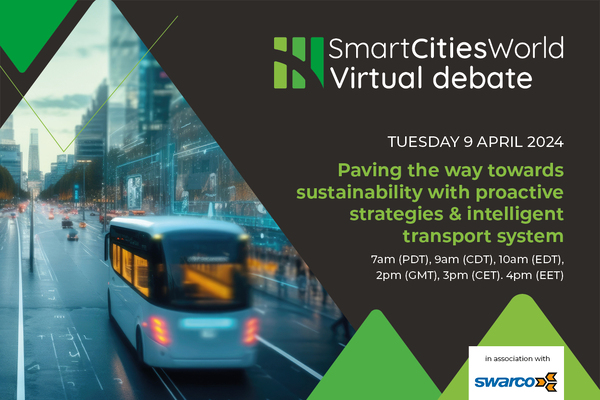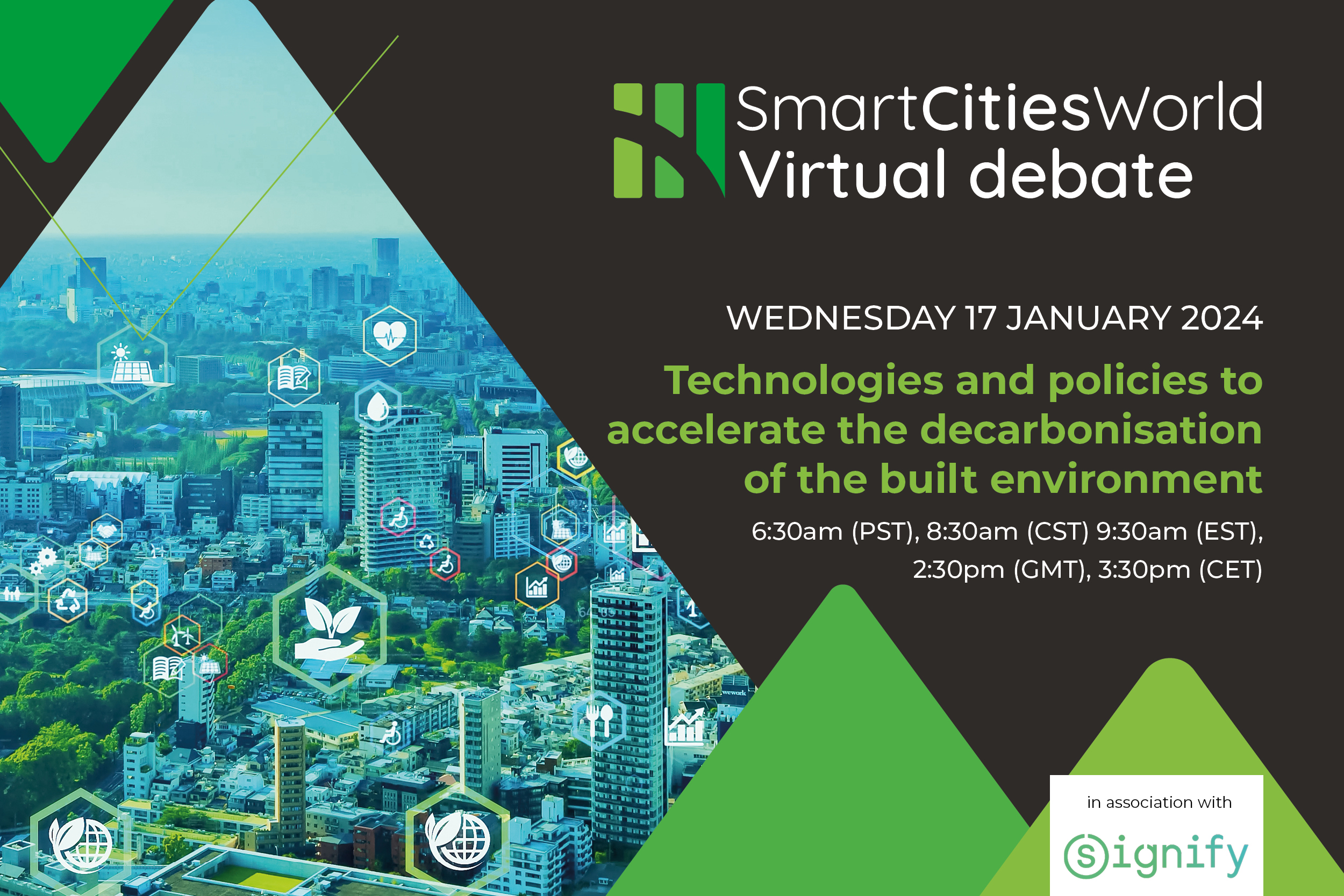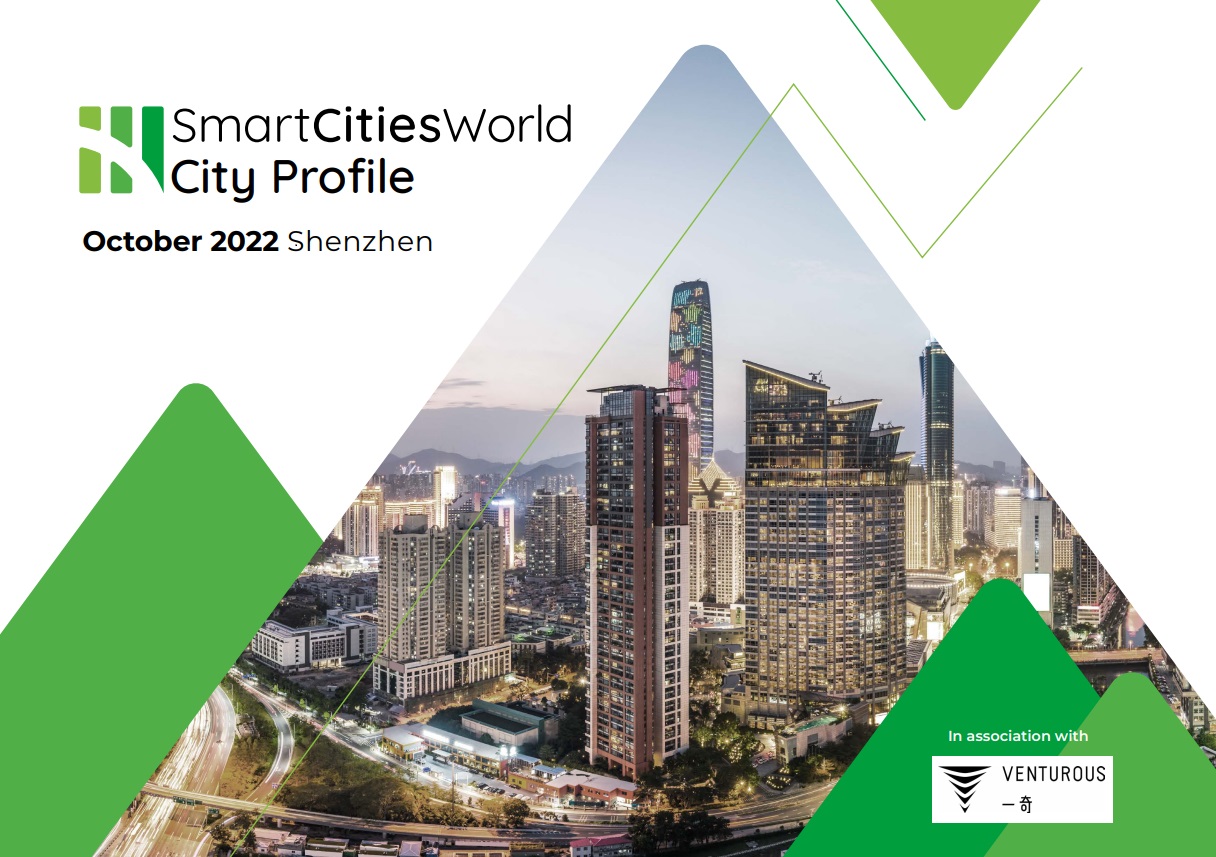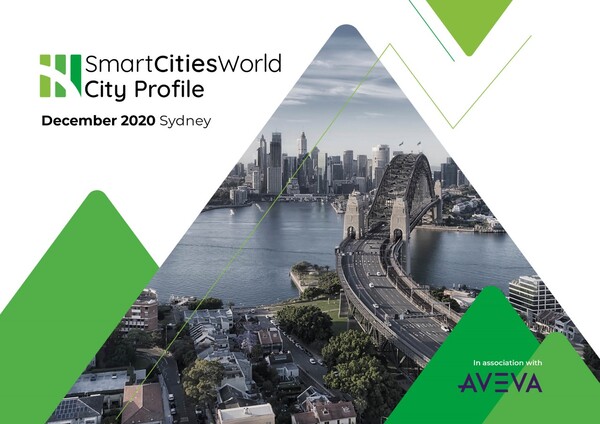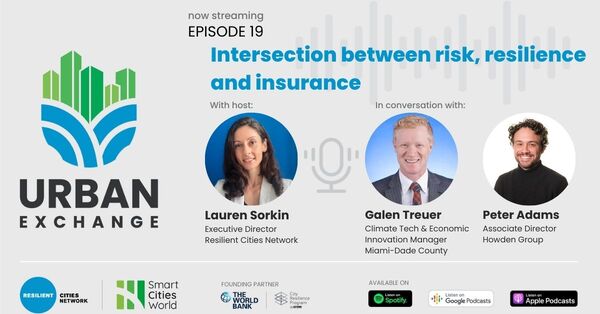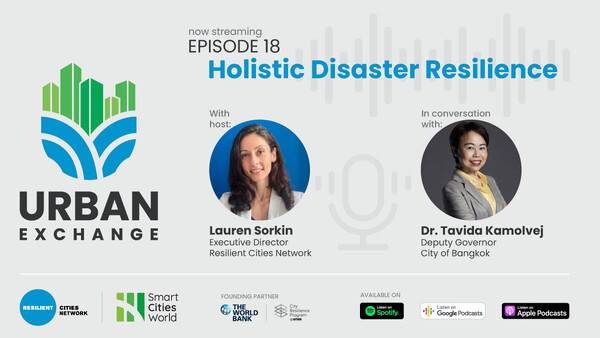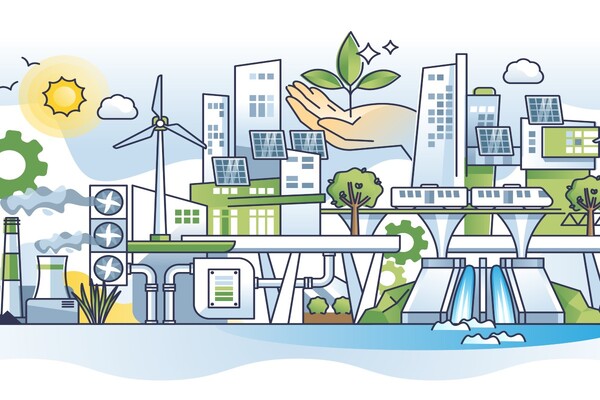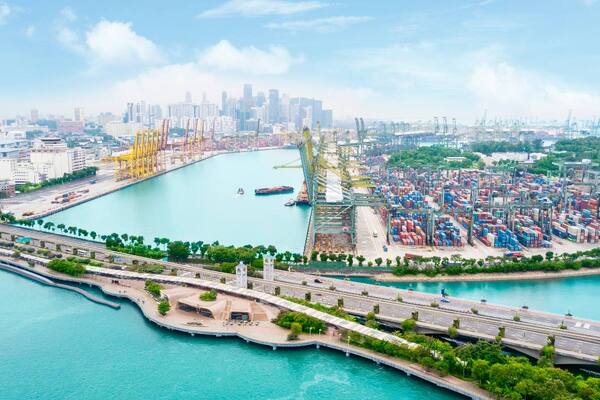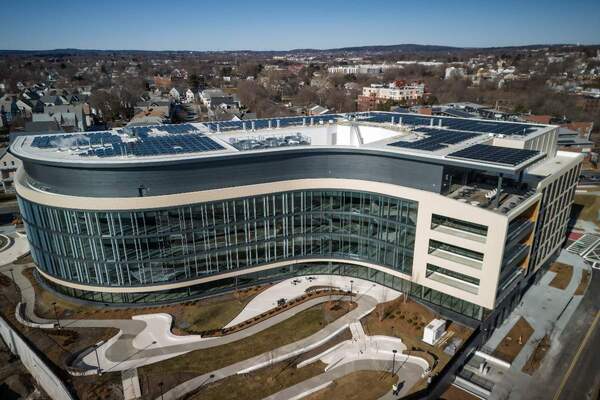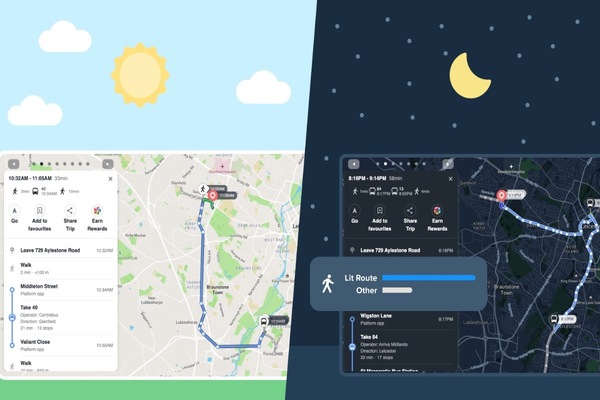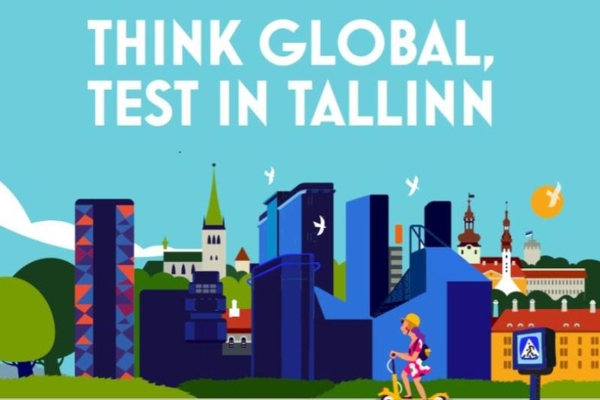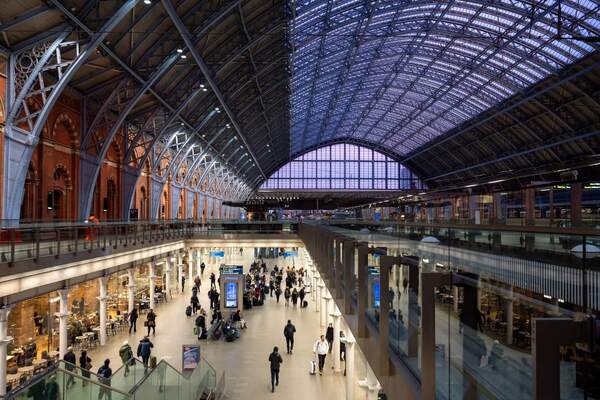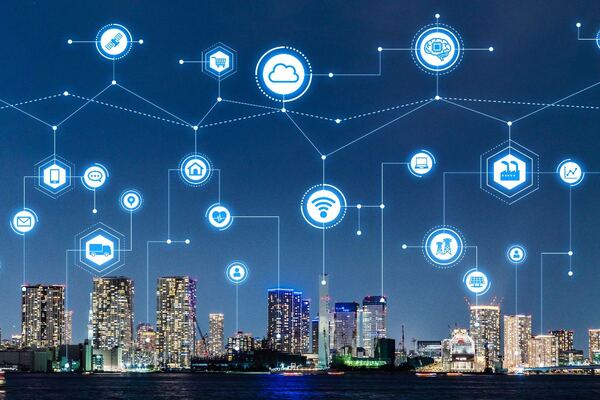Special Reports
SusHi Tech Tokyo 2024: experience ‘Tokyo 2050’ todaySponsored by The SusHi Tech Tokyo 2024 Showcase Program Executive Committee
Intelligent infrastructure: From data to wisdom
Amey’s Alexandra Knight looks at how to bridge the gap from data to wisdom, and why it matters.

This article is in association with the Ferrovial Services Centre of Excellence for Cities/Amey.
Integrated multi-modal mobility will require the generation and transmission of vast quantities of data that does not yet exist. While this alone is a technical challenge that the communications industry is quickly tackling, there are other issues that we must consider too.
If we have good data, we can make better decisions as it removes the guess-work and provides us with facts. However, data alone is useless unless we turn it into relevant information and use it to improve our understanding. Even once we reach a point of understanding, there is still another leap before we reach the point of wisdom.
Wisdom is the goal. Wisdom is good judgement based on knowledge and experience. This leads to wise decisions.
When you think of someone who is wise, you will probably imagine a wizened old person. To have wisdom, you need not only information, understanding and insight, but also the gift of time and experience to have perspective, see long-term trends, understand the bigger picture and maybe even have a ‘feel’ about the future.
How do you bridge this gap from data to the holy grail of wisdom?
Wisdom in asset management
Take a critical infrastructure asset – like a bridge – that is essential to maintaining the flow of vehicles (cars, freight, trains) and must be kept open, while balancing maintenance to keep it structurally sound so people using it remain safe.
Here, making wise decisions is not only desired – it’s essential to avoiding disasters like the recent Morandi Bridge collapse in Genoa. In the age of connected mobility, we anticipate usage increasing dramatically, and the assets themselves are not getting any younger.
This is the key to good asset management. Wise decisions will allow you to unlock more value from your assets; optimise the balance of cost, risk and performance; reduce uncertainty in your decision-making; and, above all, keep people safe.
Here are six steps to get you from data to wisdom:
- Data: Start with the end in mind
In today’s world, we have lots of data. Infrastructure is getting more sophisticated. However, you need to understand why you are collecting the data – what decisions you are trying to make, and work backwards to what your data requirements are.
This will ensure you are collecting relevant data about the things which most interest you.
Remote condition monitoring using Internet of Things (IoT) sensors is becoming more feasible for many assets, but this alone does not make a ‘smart asset’ – you need to use the data effectively to make smart decisions.
- The asset as a part of a system
It is important to remember that assets do not generally operate in isolation – they will be part of a system. Therefore, you need to consider both the asset and the system around it to set an appropriate system boundary. The data collected from the asset can be combined with data from the rest of the system to understand the holistic picture.
- Building understanding
Advances in cloud-based computing enable the quick, efficient integration and analysis of big data-sets. This underpins the visualisation and interpretation of data from various sources in real time to investigate correlations and therefore understand relationships and dependencies.
Capitalising on this capability to capture, integrate, visualise and analyse data will build your understanding of asset health and performance.
- Gaining insight
Insight comes from using this analysis to build a greater understanding of asset behaviour, combined with expert engineering knowledge and judgement. Overlaying information about other activities you know to occur on the asset, such as maintenance and inspection results, will give you more powerful insight.
- Getting perspective
Evaluating patterns and trends in historic data over time gives perspective. This is not something you have to wait years to gain, as you may find the data you’ve been collecting already is sufficient to provide you with this historic view.
You may also be able to overlay experience of real faults or failures with data from the asset at that time in the past to identify the root cause. This historic view is very powerful in developing a rich knowledge of the asset and its wider system.
- Reaching the point of wisdom
The last step towards wisdom is developing a ‘feel’ about the future. You can use machine learning techniques to predict future asset behaviours. Resulting predictions of asset behaviour are refined over time by collating more data to confirm and enhance the decision process. This cycle of prediction and feedback is a continuous improvement loop that will build enhanced wisdom and enable better decisions.
These techniques and tools are available now but not widely used and integrated into day-to-day management in many areas of transport infrastructure. Indeed, many are reserved for ‘special’ instances where additional and seemingly novel intervention is required.
In the age of connected mobility, that will not be the case. Wisdom will be essential at every step and in every process to ensure that the flow of vehicles, freight and people is continually enabled and optimised.
Future mobility: The road to more liveable cities
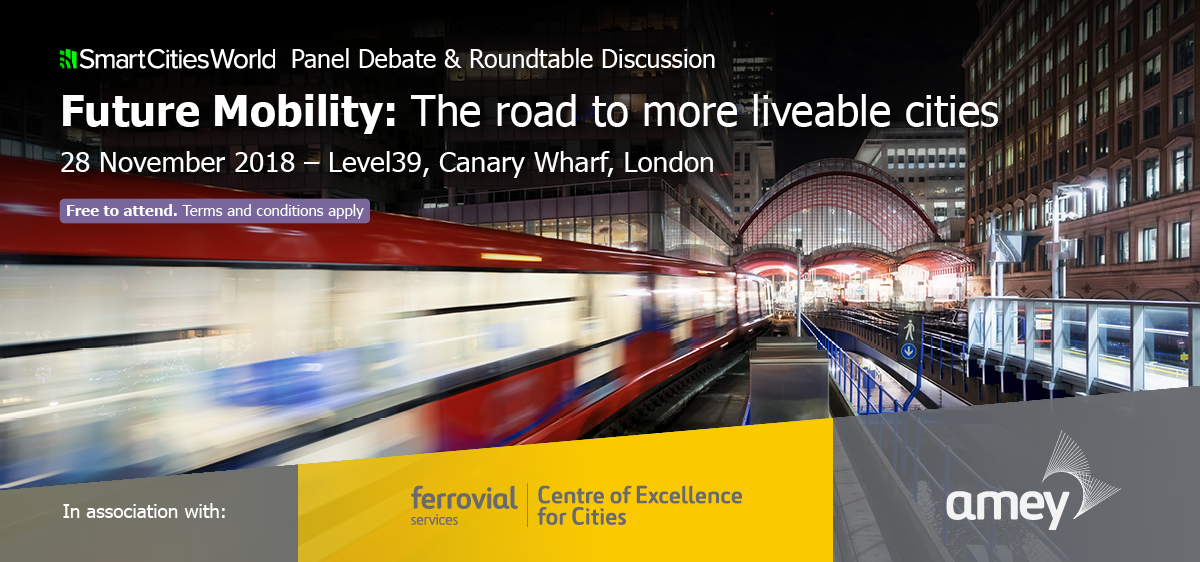
All cities want to become smarter to improve quality of life for citizens. Transport is central to this and a key focus area for many cities and authorities – after all, mobility affects all citizens directly. However, the range of options to solve challenges can seem almost as complex as the problems themselves.
This event, complete with panel debates and roundtable discussions, will help leaders from cities and local and regional government share knowledge and experiences, gather new ideas and find more clarity about the way ahead.
